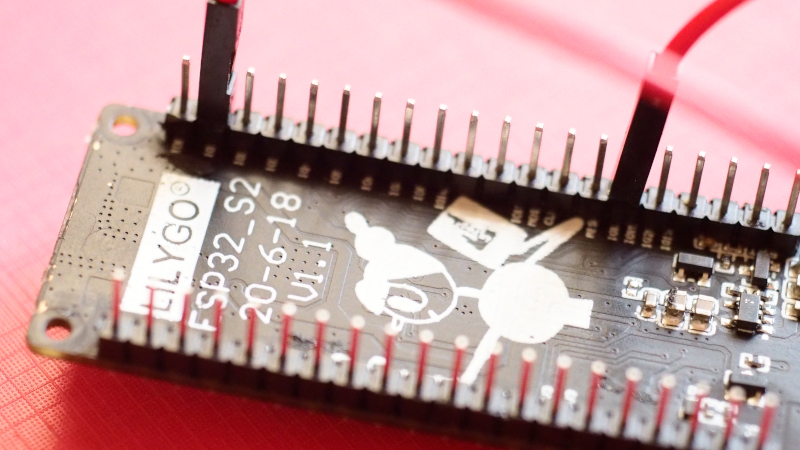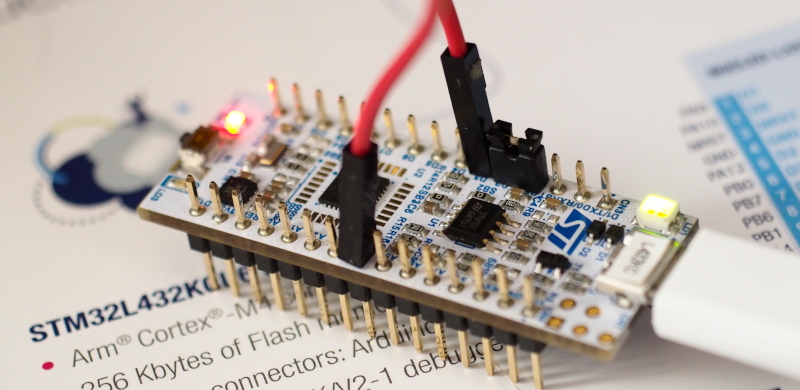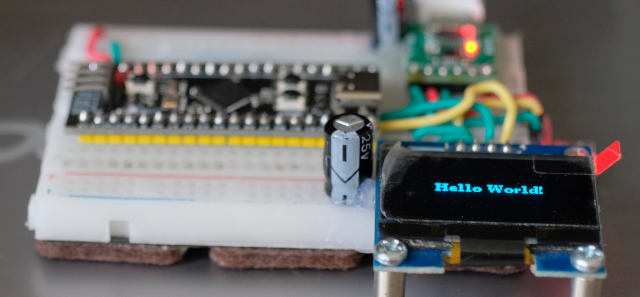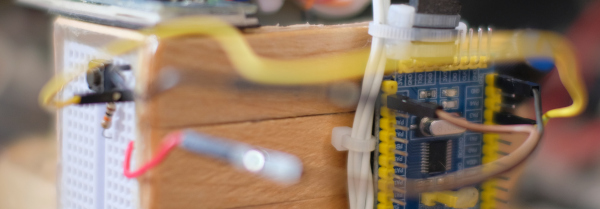From reading articles on how to use board STM32L432 ADC and articles about STM32F103x connecting to ST7735S, it’s time to take STM32F103CBT6 or Blue-Pill/Black-Pill board. Let’s write a program to use ADC to display on a TFT screen. The example of the result of this article is as shown in Figure 1, which is reading from Pin PA0 that has been connected to Pin Analog signal from Board LDR in Figure 2 to Displayed on a TFT display.





